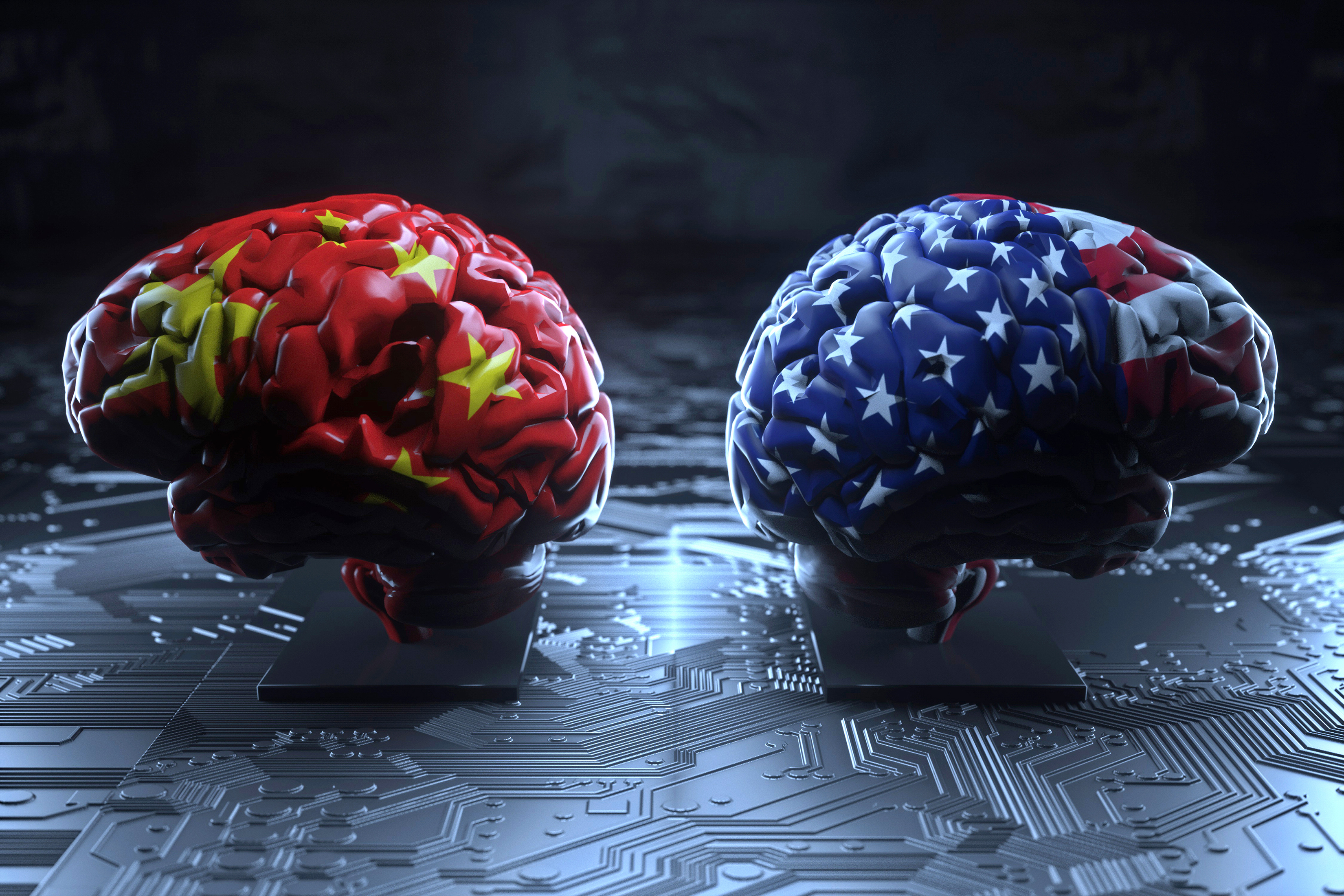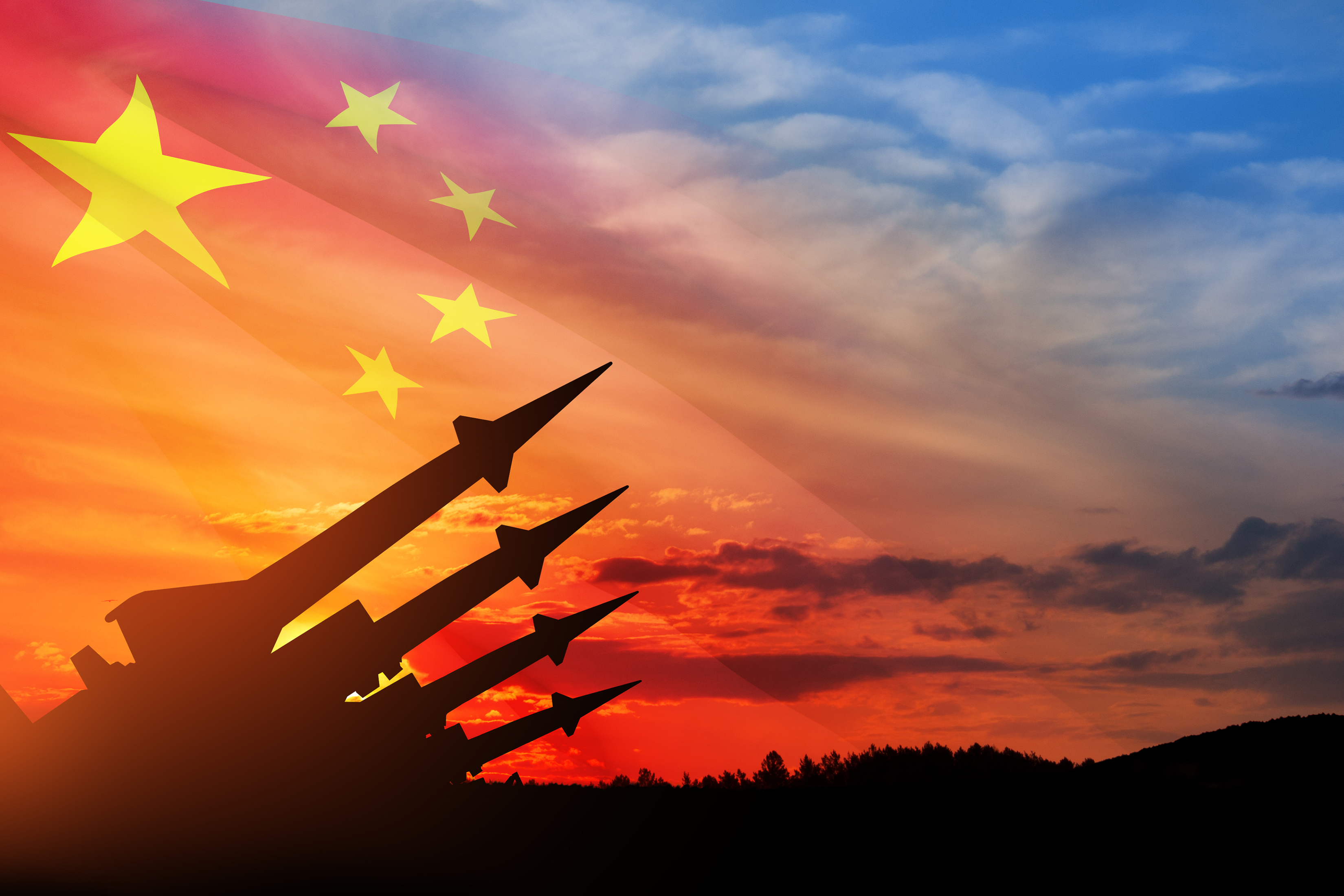AI has also been playing a crucial role in the new stage of hypersonic arms race. China has developed a new surface material for hypersonic vehicles that can remain intact after a long flight,scientists involved in the project announced, South China Morning Post
reported.
This technology was previously thought impossible.
In a test conducted by the Chinese military, the thin material was applied to the surface of a “waverider” aircraft – which uses shock waves generated by its own flight to improve lift. The air around the hypersonic aircraft was then heated to thousands of degrees Celsius.
The smooth, non-ablative surface not only kept critical components inside the aircraft cool, but allowed wireless signals to go in and out freely, making target identification and communication possible throughout the flight, according to analysis of telemetry data.
Such new thermal protection technology could help in the development of another generation of reusable hypersonic vehicles with longer range and faster speed, and constantly break through the boundary of flying.
Nasa and the U.S. military have launched numerous projects in the past to develop hypersonic vehicles that could make long-distance flights regularly. After some failure these projects were cancelled.


